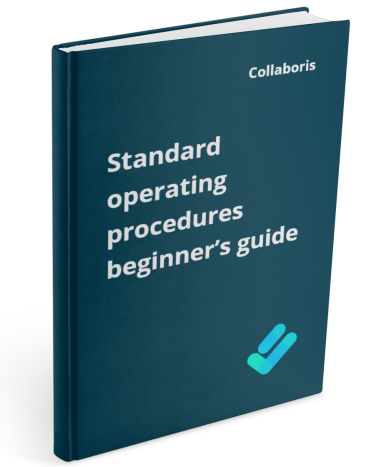Policy Approval Workflow Automated policy approval workflows offer several benefits that can significantly enhance ...
The impact of AI on compliance and risk management
As technology continues to advance, organizations are turning to Artificial Intelligence (AI) to streamline processes, automate tasks and improve efficiency. While AI has the potential to bring many benefits to organizations, it is important to consider the impact it may have on compliance and risk management. In this article, we will examine the potential benefits and risks of using AI in compliance and risk management. We will also explore some of the best practices for organizations to ensure they are using AI in a compliant and secure manner.
Benefits of AI in compliance and risk management
Using AI can offer significant compliance benefits, including:
Improved Efficiency: AI can automate repetitive tasks, freeing up time for compliance professionals to focus on higher-level strategic work. AI can also help organizations identify patterns and anomalies that may indicate a compliance risk. By using AI for this, organizations can respond more quickly to potential issues.
Enhanced Decision-Making: AI can provide organizations with real-time insights into data and information, enabling compliance professionals to make more informed decisions.
Improved Accuracy: AI can help organizations reduce errors and improve accuracy in compliance-related tasks, such as data analysis, reporting and monitoring.
Risks of AI in compliance and risk management
However, using AI can also expose several potential risks, such as:
Bias: AI systems can perpetuate existing biases, leading to incorrect or unfair decisions. Organizations should ensure their AI systems are trained on diverse, representative data and that algorithms are regularly tested for bias.
Lack of Transparency: Some AI systems may not provide a clear understanding of how decisions are made. This can make it difficult for organizations to understand the basis for AI-driven decisions.
Security Concerns: AI systems may store large amounts of sensitive data, making them attractive targets for cyber-attacks. Organizations need to ensure their AI systems are securely designed, implemented and managed to minimize the risk of data breaches.
Best practices for using AI in compliance and risk management
Given the benefits and risks we have just reviewed, establishing best practices will help.
Assess Risks: Organizations should conduct a thorough risk assessment of the potential benefits and risks of using AI in compliance and risk management. This will help organizations to identify areas where AI may pose a risk. It will also help determine the best course of action to manage these risks.
Ensure Transparency: Organizations should ensure that the AI systems they use are transparent, with a clear understanding of how decisions are made. This will help organizations to ensure that their AI systems are fair and impartial. It will also provide organizations with the ability to explain decisions to stakeholders.
Implement Security Measures: Organizations should ensure that their AI systems are securely designed, implemented and managed. Robust security measures should also be in place to prevent cyber-attacks and data breaches.
Conclusion
In conclusion, AI has the potential to bring many benefits to organizations in terms of compliance and risk management. However, organizations need to be aware of the potential risks and take steps to ensure that their AI systems are used in a compliant and secure manner. By implementing best practices, organizations can leverage the power of AI to improve their compliance and risk management processes and achieve their goals more efficiently and effectively.
Get your free Standard Operating Procedures guide
Creating Standard Operating Procedures for your organisation doesn't have to be complicated. This guide will introduce you to the whole lifecycle from creation to training and distribution.
You may also like:
January 17, 2025
January 7, 2025
Creating policy review reminders in Office 365 You might want to set up a ...
December 19, 2024
Podcast: Implementing effective healthcare procedures Implementing effective healthcare procedures is an ongoing process. It ...
December 19, 2024
Podcast: 10 Powerful Strategies for Employee ComplianceOrganizations face challenges in ensuring employee compliance with ...
December 8, 2024
AI Warns About Itself: How I Asked AI to Create a Podcast on the ...
November 4, 2024
Benefits of writing SOP's In any organization, standard operating procedures (SOPs) are critical to ...


